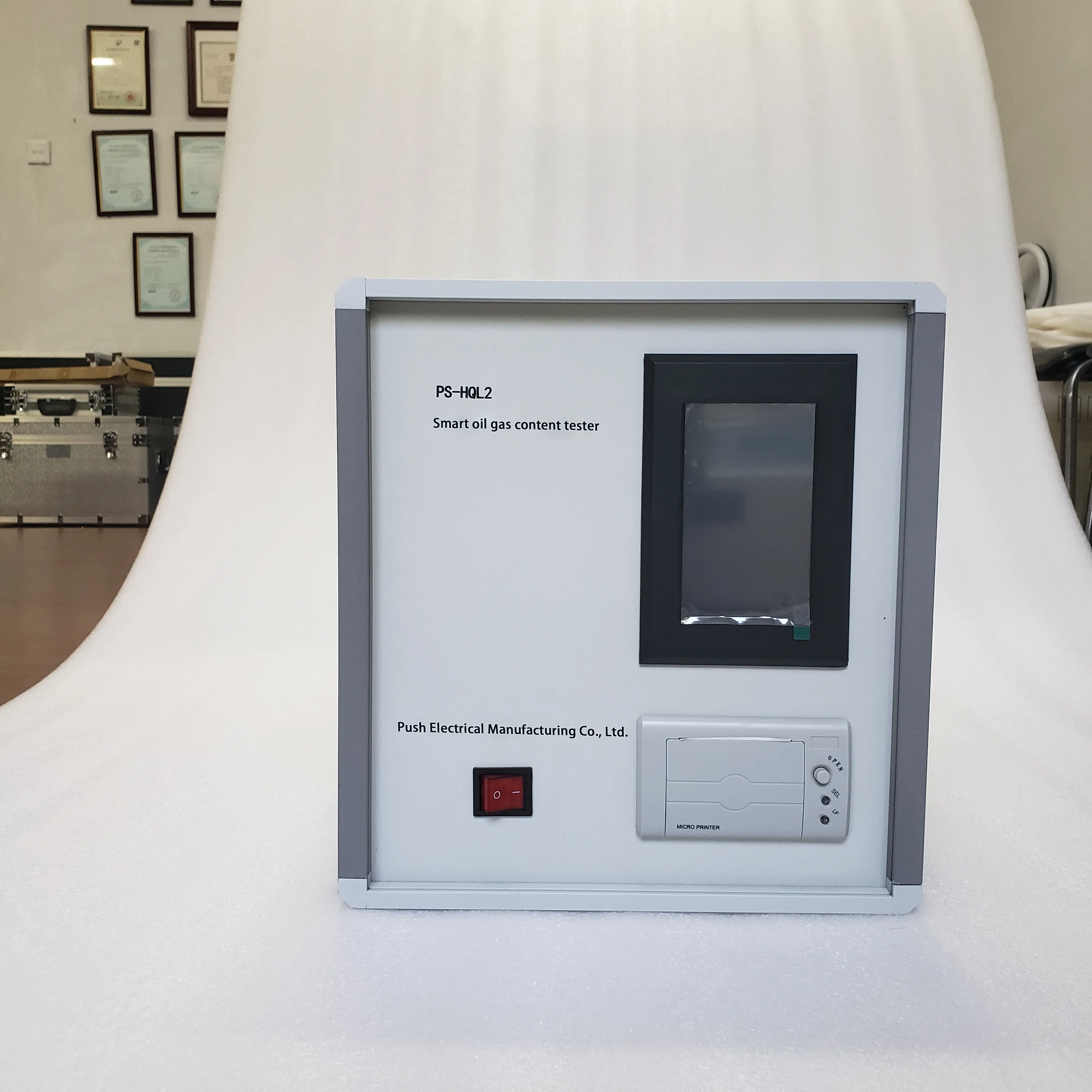 English
English


Exploring the TTR Test Performance of Transformer Models in Natural Language Processing
Understanding the TTR Test of Transformers A Comprehensive Overview
Transformers are pivotal components in electrical engineering, widely utilized in power systems and electronic devices for managing voltage and current levels. To ensure reliability and efficiency, transformers must undergo various testing procedures. Among these, the TTR (Transformer Turns Ratio) test is a fundamental assessment that helps determine the operational integrity of a transformer’s windings. This article delves into the TTR test, explaining its significance, methodology, and the implications of its results.
What is the TTR Test?
The Transformer Turns Ratio test measures the ratio between the number of turns in the primary winding and the number of turns in the secondary winding of a transformer. This ratio is crucial because it directly influences the voltage transformation capability of the transformer. If a transformer is designed to step down high voltage to low voltage, the turns ratio will reflect this. Any deviation from the expected turns ratio can indicate potential issues such as winding faults or electrical imbalances.
Importance of the TTR Test
The TTR test is essential for several reasons
1. Validation of Design and Construction The primary function of the TTR test is to verify that the transformer has been built according to its design specifications. Variations in the turns ratio can signify manufacturing defects or improper assembly.
2. Detection of Winding Issues Winding faults, such as short circuits or open circuits, can severely compromise the functionality of a transformer. The TTR test helps identify such issues early, which is vital for preventative maintenance.
3. Performance Monitoring Over time, transformers may experience insulation breakdown or winding deterioration. Regular TTR testing helps in monitoring these changes, ensuring that any degradation can be addressed promptly before it leads to a catastrophic failure.
4. Compliance and Safety Regulations Many electrical safety standards require routine testing of transformers. The TTR test is a key component of these compliance checks, thereby ensuring not just the safety of the equipment but also adherence to regulatory requirements.
Methodology of the TTR Test
ttr test of transformer

Performing the TTR test involves several key steps
1. Preparation Before conducting the test, the transformer must be isolated from the power system. All necessary safety precautions must be taken to protect personnel and equipment.
2. Testing Equipment A specialized TTR tester is used, which is designed to apply a controlled voltage to the primary winding while measuring the voltage induced in the secondary winding. This equipment ensures accurate readings of the turns ratio.
3. Data Collection The TTR tester provides readings for the primary and secondary voltages. The turns ratio is then calculated as the ratio of the primary voltage to the secondary voltage.
4. Analysis of Results The obtained turns ratio is compared against the manufacturer's specifications. If the measured value falls outside the acceptable range, further investigation is warranted to diagnose potential issues.
5. Documentation Finally, it is crucial to document the results for future reference and maintenance planning. This historical data can be invaluable for trend analysis and predictive maintenance strategies.
Interpreting TTR Test Results
Interpreting TTR test results requires a solid understanding of the expected values based on transformer specifications. A turns ratio that deviates significantly from the expected could indicate various issues
- Shorted Turns If the ratio is lower than expected, this may suggest that some turns in the winding are shorted together. - Open Circuits Conversely, a higher-than-expected ratio could indicate that there are open circuits or missing turns in the winding. - Core Issues Other discrepancies may point to problems with the magnetic core or insulation breakdown.
Conclusion
The TTR test of transformers is an invaluable tool in the maintenance and assessment of electrical systems. Regular testing not only ensures that transformers operate efficiently and safely but also prolongs their lifespan by facilitating timely interventions. Understanding the nuances of the TTR test empowers engineers and technicians to uphold the reliability of transformers, ultimately supporting the broader electrical infrastructure.
-
Differences between open cup flash point tester and closed cup flash point testerNewsOct.31,2024
-
The Reliable Load Tap ChangerNewsOct.23,2024
-
The Essential Guide to Hipot TestersNewsOct.23,2024
-
The Digital Insulation TesterNewsOct.23,2024
-
The Best Earth Loop Impedance Tester for SaleNewsOct.23,2024
-
Tan Delta Tester--The Essential Tool for Electrical Insulation TestingNewsOct.23,2024





